1. Declawing Isn’t a Nail Trim, It’s Amputation
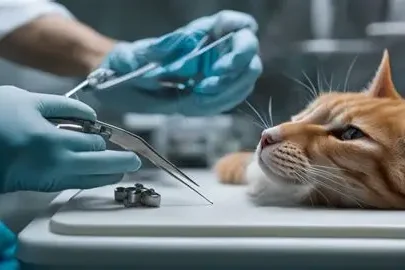
Most cat owners imagine declawing as a harmless nail trim, but it’s actually an amputation. Each claw is attached to the last bone of a cat’s toe, and during the surgery, that entire bone is removed. It’s the equivalent of cutting a human finger at the last knuckle. The term “onychectomy” in veterinary charts makes that clear. It’s painful, invasive, and irreversible. Declawing changes how a cat walks, balances, and interacts with its world. When we soften the language around it, we hide the truth of what our pets endure for the sake of convenience.
2. Pain Can Outlast the Incision for Months or Years
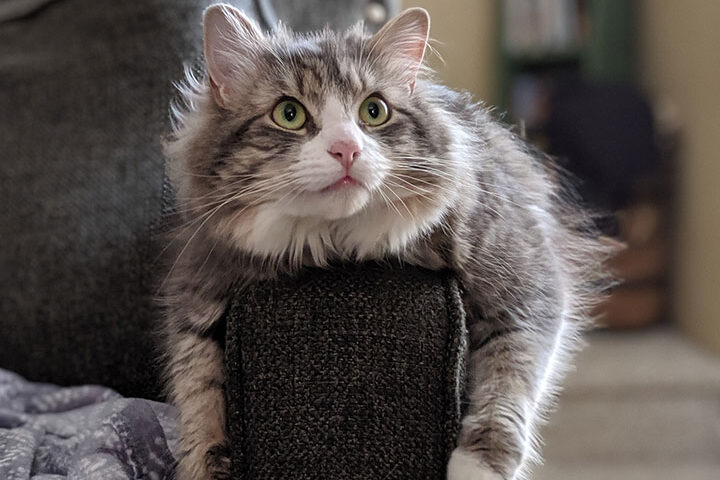
Healing from declawing doesn’t end when the stitches come out. Some cats experience lingering nerve pain that makes every step feel tender. Others develop phantom sensations or chronic discomfort that lasts for years. Because cats instinctively hide pain, these changes can go unnoticed until behavior shifts appear. A cat may stop jumping, avoid being touched, or spend more time sleeping than playing. What seems like “moodiness” may actually be suffering. Their paws bear the story even when their eyes don’t. Living without claws becomes a quiet endurance test they never signed up for.
3. Litter Box Trouble Often Follows Declawing
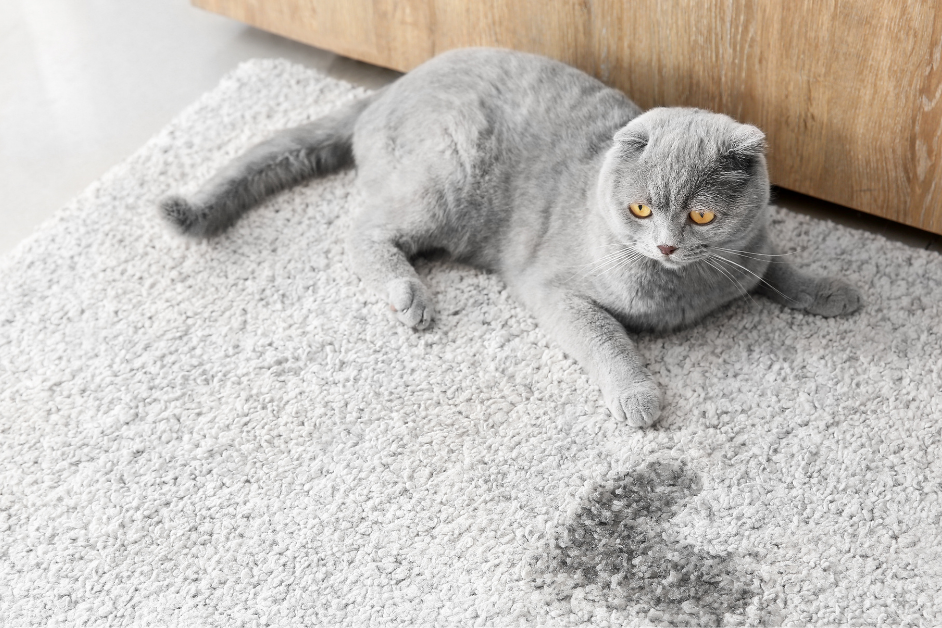
It might start small: a cat pees on the rug instead of in the box. But for many declawed cats, this becomes a pattern. Fresh surgical wounds meet gritty litter, and the pain burns into memory. To avoid it, cats choose softer places like carpets or beds. Even when the paws heal, the association lingers. A litter box once linked with pain is hard to trust again. Many shelters see “inappropriate elimination” listed as a reason for surrender. The sad irony is that declawing, done to keep cats in homes, often ends up pushing them out.
4. Behavior Can Shift from Playful to Defensive
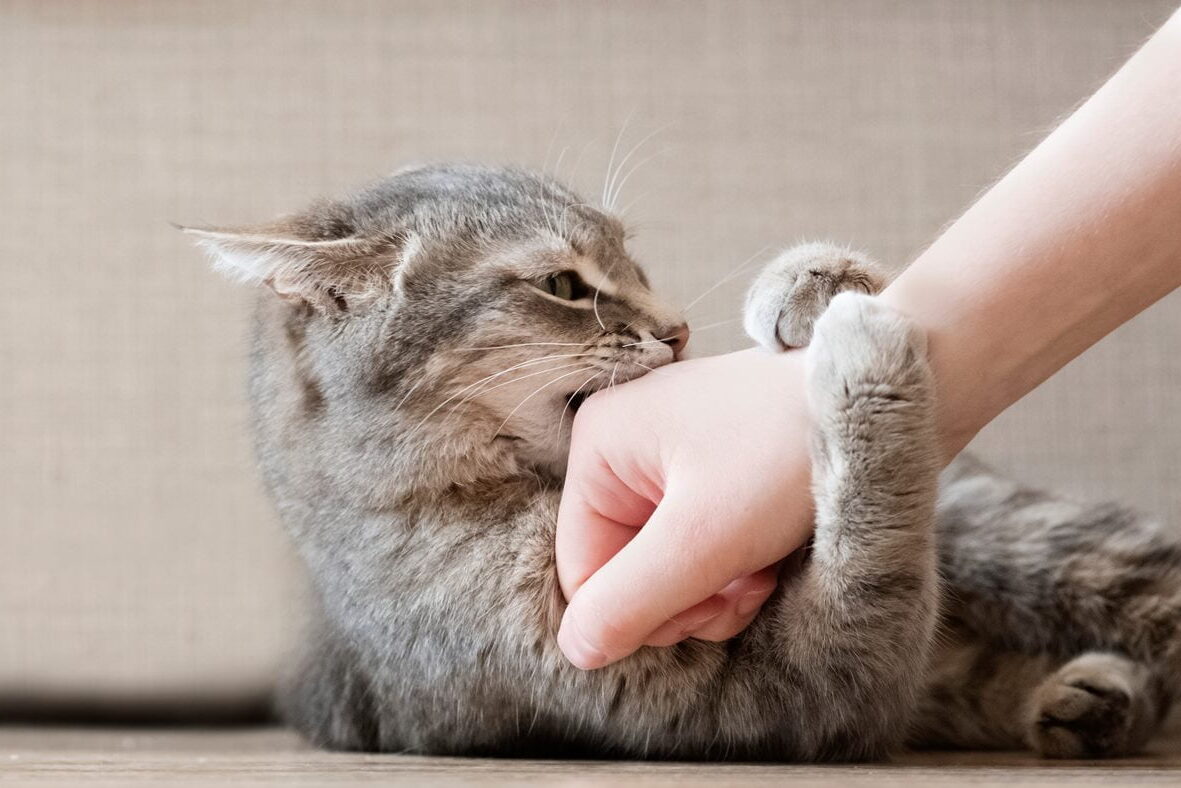
Declawed cats often seem different afterward. A cat that once playfully swatted may now bite instead. Without claws, one of their main defenses disappears, and fear replaces confidence. Biting becomes the next available tool when they feel threatened. These bites, unlike scratches, pierce deeply and can pose health risks to humans. Owners sometimes misread the change as “meanness,” but it’s fear and adaptation. When a natural behavior is stripped away, survival instincts adjust. The friendly tap becomes a warning snap, and the trust between human and cat quietly frays in the process.
5. Athleticism and Joint Health Take a Hit
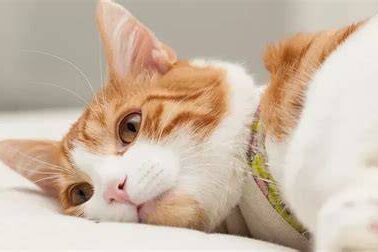
Cats are natural athletes. Every leap, stretch, and sprint depends on the perfect balance between claw grip and body alignment. Declawing disrupts that system. Without claws, a cat’s gait shifts, forcing extra strain on the shoulders and spine. Over time, this leads to stiffness or early arthritis. A once-adventurous climber may stop exploring or jumping to high spots altogether. You might not notice a limp, but you’ll see hesitation. Their world shrinks to safer, lower places. What was once graceful confidence becomes careful calculation, a quiet sign of loss in every step.
6. More Places Are Banning the Practice

Across the world, the tide is turning against declawing. Countries like the UK, Australia, and New Zealand have banned it entirely. In the United States, several cities and states are following suit, labeling the surgery inhumane unless medically necessary. Veterinary associations increasingly discourage it, urging owners to seek behavioral solutions instead. The shift reflects growing awareness that declawing isn’t just cosmetic, it’s life-altering. As more communities embrace modern animal welfare standards, the hope is that this outdated procedure will fade into history where it belongs. Compassion is finally catching up to convenience.
7. Scratching Is Normal, Not Naughty
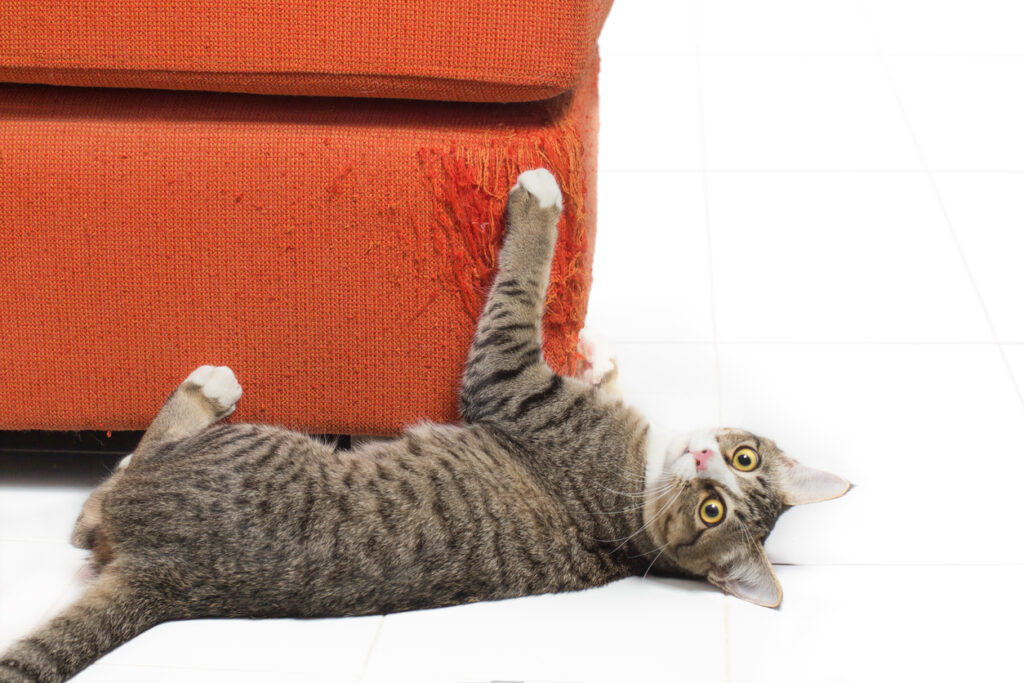
When cats scratch furniture, it’s not rebellion, it’s instinct. Scratching helps stretch muscles, sharpen claws, and leave scent markers that claim safe spaces. Instead of punishment, redirection works best. Place tall, sturdy posts where your cat already likes to scratch. Encourage with treats and praise when they use them. Scratching is their way of saying, “This is my home.” Teaching acceptable options respects their nature while protecting your couch. It’s not about stopping the behavior but shaping it. What feels like a problem can actually become a bonding opportunity between you and your cat.
8. Surfaces and Placement Matter More Than You Think
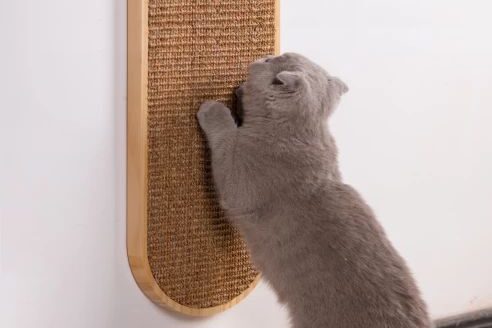
Cats have preferences, just like people. Some love rough textures like sisal, while others prefer cardboard or wood. Tall posts let them stretch fully, while horizontal scratchers suit those who like to rake along the floor. Placement matters too, put them where your cat spends time, not hidden in a corner. When you offer variety, you’re speaking their language. The key is to make the “yes” option easier than the “no.” A well-placed, sturdy post can save your furniture and give your cat a healthy outlet for natural instincts.
9. Deterrents Should Be Gentle and Reversible
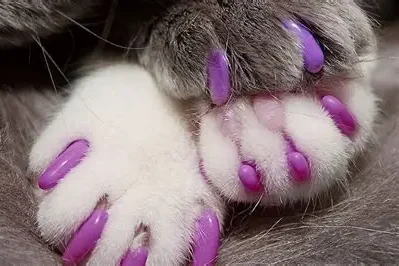
Training a cat to avoid certain areas doesn’t require harsh methods. Sticky tape or plastic guards on furniture can make surfaces less appealing while keeping them safe. Temporary barriers, not punishments, work best. Some owners try nail caps, which cover claws without pain if the cat tolerates them. Avoid sprays that rely on strong smells, as they can stress your cat further. The goal isn’t to wage a war on scratching, it’s to guide better habits with patience. When cats feel safe and understood, cooperation follows naturally, not through fear.
10. Routine Nail Care Solves Most Problems
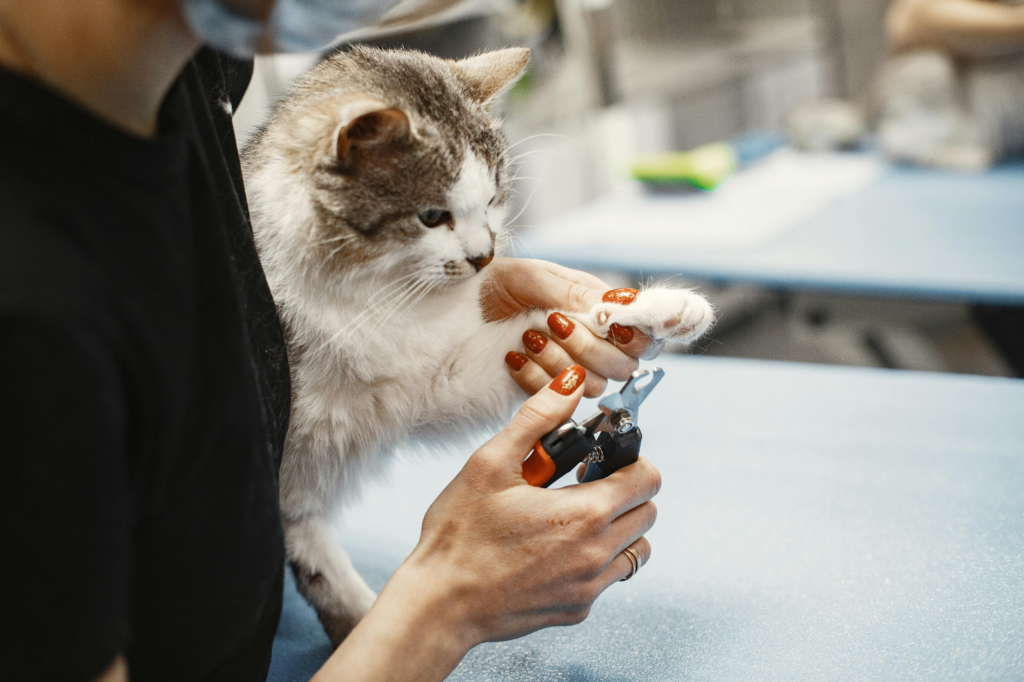
Regular nail trimming can change everything. Every two to four weeks, a quick snip of the claw tips prevents sharp edges from catching fabric or skin. Start slow, reward often, and use calm repetition. Over time, trimming becomes a shared routine instead of a struggle. A groomer can help if your cat resists handling. Think of it as maintenance, not control. It’s simpler, safer, and far kinder than surgery. When care replaces shortcuts, harmony follows. A little patience every few weeks beats a lifetime of discomfort for your furry friend.
11. Enrichment Reduces Stress Scratching
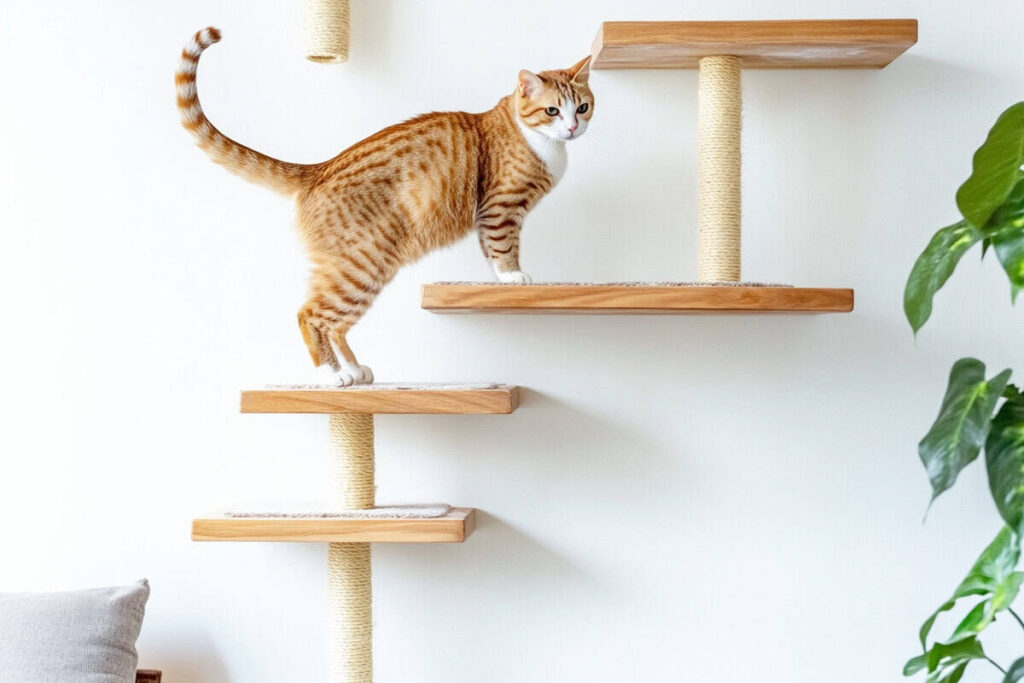
Scratching can spike when cats are bored, anxious, or under-stimulated. Creating a richer environment helps channel that energy. Add climbing shelves, puzzle feeders, or play sessions with wand toys twice a day. Provide window perches or cozy resting spots near sunlight. Each addition reduces frustration and builds confidence. When cats feel secure and entertained, scratching becomes purposeful again. Enrichment isn’t luxury, it’s emotional care. A fulfilled cat is calmer, healthier, and far less likely to destroy furniture. Their claws stay busy, but their mind stays balanced.
12. If It’s Medical, Ask About Alternatives

Sometimes, declawing is necessary for medical reasons, like a tumor or severe trauma. In those rare cases, discuss pain management, partial removal, and gentle recovery plans with your vet. Soft litter, traction mats, and gradual reconditioning can ease the healing process. For households with immune-compromised members, nail caps or training can reduce risk without surgery. The truth is there’s almost always another way. Declawing changes a life forever, but alternatives protect both cats and couches. When we choose compassion over convenience, we give them comfort and ourselves peace.
Declawing isn’t a shortcut; it’s an amputation with lifelong ripple effects. Most “why we declawed” rationales, from couch corners to toddler skin, can be solved with a plan: better posts, smart deterrents, routine trims, and enrichment. Choose the training problem you’ll solve in days over the medical problem a cat can carry for years.
This story Declawing Cats, Hard Truths, 12 Things Every Owner Should Know was first published on Daily FETCH


